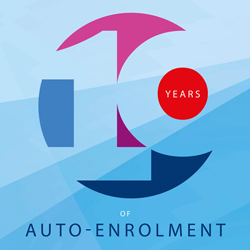Today auto-enrolment pensions are such a well-functioning component of the workplace landscape that it is easy to forget the many problems, challenges and concerns that troubled the minds of those charged with implementing it.
Regulators, providers, advisers, payroll professionals, policymakers and other stakeholders can look on today’s auto-enrolment systems with a sense of ‘job well done’. But the delivery of this giant policy was not without its birth pangs.
Will we have the regulations in time? Will the tech fall over? Will employers refuse to pay up? Will employees opt out in their droves? All these issues and more occupied pension professionals for years before and during the rollout of auto-enrolment.
Regulatory complexity
Final regulations on certification, thresholds and band earnings were left late, and concerns around certification of pay periods were a preoccupation for many in the industry. At the same time, many schemes in existence back in 2012 needed tweaks to eligibility criteria and contribution structure, the processing of new entrants and the way contributions were to be made.
In the early years of the project, experts called for a softly, softly approach from The Pensions Regulator around issues such a lack of clarity of how temporary staff, contract staff and zero hours workers would be treated, even as large employers were reaching their staging dates.
“The biggest concern I recall was that government was not going to tell us in time how it was all going to work. They left it very late,” says Steve Herbert, wellbeing and benefits director at Partners&. “I remember sitting in the DWP offices with a group of corporate advisers asking what the rules were in the year of implementation, and the answer was we’d just have to wait. Staging dates for the big companies had already started and we did not have all of the details. But somehow it all managed to work.”
The Pensions Regulator took what has been seen to have been an even-handed approach with employers – cutting slack where genuine mistakes were made, while making an example of pre-meditated attempts by that very small minority of employers looking to avoid complying with their duties altogether.

